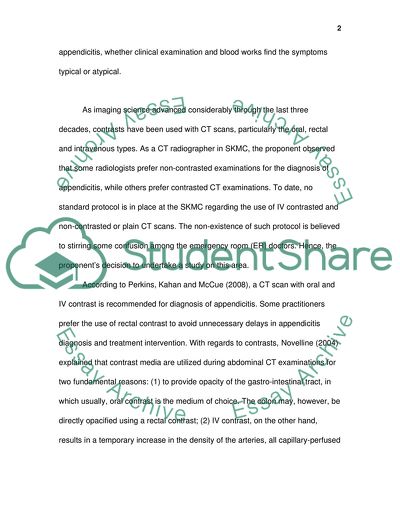Cite this document
(Computed Tomography Scanning for Diagnosing Appendicitis Research Paper, n.d.)
Computed Tomography Scanning for Diagnosing Appendicitis Research Paper. https://studentshare.org/medical-science/1730599-iv-contrasted-vs-non-contrasted-abdominal-ct-scans-in-diagnosing-appendicitis
Computed Tomography Scanning for Diagnosing Appendicitis Research Paper. https://studentshare.org/medical-science/1730599-iv-contrasted-vs-non-contrasted-abdominal-ct-scans-in-diagnosing-appendicitis
(Computed Tomography Scanning for Diagnosing Appendicitis Research Paper)
Computed Tomography Scanning for Diagnosing Appendicitis Research Paper. https://studentshare.org/medical-science/1730599-iv-contrasted-vs-non-contrasted-abdominal-ct-scans-in-diagnosing-appendicitis.
Computed Tomography Scanning for Diagnosing Appendicitis Research Paper. https://studentshare.org/medical-science/1730599-iv-contrasted-vs-non-contrasted-abdominal-ct-scans-in-diagnosing-appendicitis.
“Computed Tomography Scanning for Diagnosing Appendicitis Research Paper”. https://studentshare.org/medical-science/1730599-iv-contrasted-vs-non-contrasted-abdominal-ct-scans-in-diagnosing-appendicitis.


